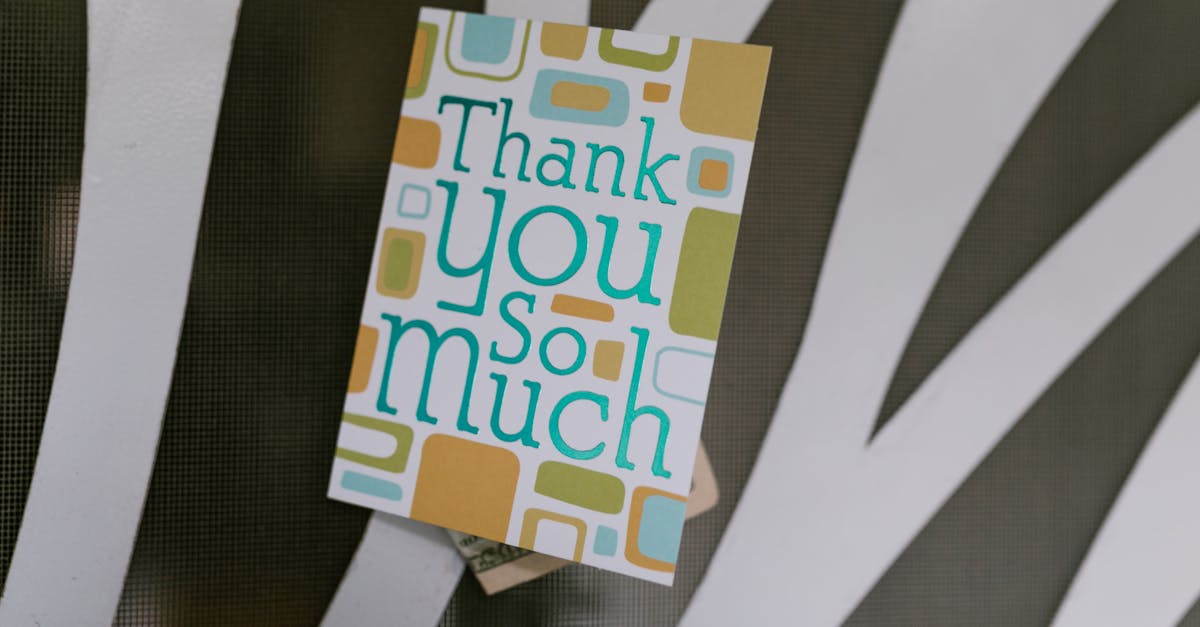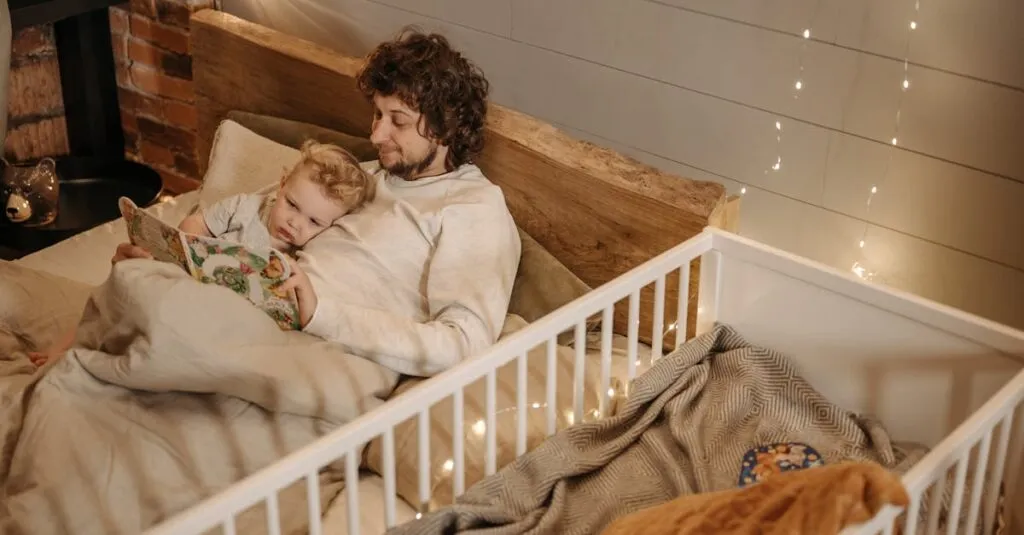Why Gratitude Matters in Early Childhood
In today’s fast-paced world, gratitude often gets sidetracked. Instilling it early, however, builds lifelong appreciation. Preschoolers are like sponges; they absorb values through daily actions. Simple ‘thank yous’ can enhance emotional intelligence.
Teaching gratitude improves empathy, which is vital for forming friendships. These emotional skills aid in managing stress. Emotional control is crucial, especially in early learning stages.
Key Points to Remember:
- The focus isn’t on perfection but progress.
- Even superheroes forget their capes!
- Embracing gratitude at this stage paves the way for a happier, more connected future.
Parenting is challenging, but adding gratitude fosters a nurturing environment.

Simple Activities to Inspire Thankfulness
Teaching appreciation can be a playful act. Start by modeling gratitude in everyday situations. Say thank you in front of your kids often. A fun method is to create a gratitude scavenger hunt. Ask kids to find objects that they’re thankful for. This can be a teddy bear or a favorite snack. Creativity is key!
Another idea is to host a thank you dance party. Move to tunes that prompt smiles and thanks. Watch them groove with appreciation! Now, aren’t thank yous cooler than ever?
Engaging in these activities promotes lasting gratitude vibes.

Crafting Thank You Cards: A Fun DIY Idea
Grab some crayons, paper, and your imagination for this activity! Crafting thank you cards is both fun and educational.
This simple DIY helps kids express gratefulness artfully. Encourage them to:
- Draw and color their feelings.
- Add stickers or glitter for flair.
Not only do kids learn to articulate thanks, but they also gain a sense of crafting pride. Personal anecdotes, like my son’s glitter-glued card for grandma, show heartfelt appreciation. In the end, it’s the smile on grandma’s face that matters most!
Plus, these cards can decorate the fridge—a constant gratitude reminder.

Exploring Books That Teach Gratitude
Books open doors to grand adventures, including the gratitude journey. Choose stories that highlight thankfulness and appreciation journeys. Titles like ‘Grateful Gorilla’ or ‘Thanks, Mr. Panda’ resonate with kids.
Readings can also prompt discussions on the importance of appreciation. After finishing a book, ask, ‘What part showed thankfulness?’ Engaging in these talks helps reinforce gratitude messages. Not to mention, it aids reading skills—a two-for-one special!
Sharing reading memories enriches the entire experience. Who knew bedtime stories had so much power?

Creating a Gratitude Jar: A Family Project
Gather the family for a craft that builds unity—a gratitude jar. This hands-on project involves everyone, making it a wonderful family bonding activity.
- Use a simple jar, and let kids decorate it with stickers.
- Weekly, encourage kids to add slips of paper with thankful thoughts.
- At the month’s end, read them together.
A simple sentence like ‘I’m thankful for ice cream’ counts! This visual reminder of gratitude grows full, just like their appreciation.
I recall my niece’s joy in filling our jar with ‘thankful for family’ notes. Nothing warms the heart more than those sincere moments.

Overcoming Tantrums with Thankfulness
Little ones often express emotions through tirades, making parenting tough. But fear not! Gratitude can help manage emotional outbursts. When a tantrum strikes, redirect with thankfulness.
Ask what they can be grateful for in that moment. This simple shift:
- Changes focus from the ‘I want’ mindset
- Helps them appreciate the now
This practice also mainstreams thank-you habits. Over time, you’ll observe a mellowing effect. Once, my daughter’s toy-induced tantrum ended with ‘Thank you, teddy!’ It sounds silly, but it works wonders!
With patience, gratitude becomes a calming ally.

